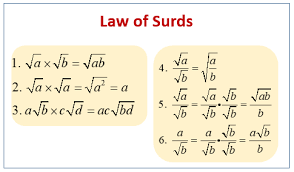
Every society is made up of humans, animals, plants, and bacteria, which we cannot see with our eyes except with the use of a microscope, this makes up an ecosystem. Meaning in every ecosystem you will find more than one population because every species has its own population.
For example, different species make up the animals – goats, lions, cats, dogs, etc.
How well a species thrive in an ecosystem depends on a lot of factors and when a group of circumstances is classified together is known as population ecology.
By the end of this class we should be able to know the following;
- What is ecology?
- What is an ecologist?
- Why is ecology important?
- What is population ecology?
- Factors that affect population growth.
- What are the changes in population growth in an ecosystem?
What is Ecology?
The study of interactions between living things and their environment is referred to as “ecology”. Its purpose is to understand the link between animals and plants and the world they found themselves.
Ecology provides information on how to use the resources to be able to leave our environment healthy for the unborn generations.
What is an ecologist?
An ecologist is someone that studies relationships between organisms and their habitats. They find out how bacteria grow in a fish tank and also the interactions of plants and animals.
Why Ecology is Important?
Ecology shows how environmental changes affect the survival of living things. For example, when certain species of living things die, the animals that feed on them may also die or migrate to other places to survive.
This is why ecologists preach that we should protect our environment and the ecosystems that it supports.
What is Population Ecology?
Population ecology is the study of population growth, regulation, dynamics, or demography. This helps us in understanding, explaining, as well as predicting the distribution of species.
Factors that Affect Population Growth
- The age of an organism at first reproduction.
- How often does the organism reproduce.
- The number of offspring an organism has.
- The presence or absence of parental care.
- How long it takes an organism to reproduce.
- The death rate of offspring.
What are the Changes in Population Growth in an Ecosystem?
Population growth
Populations are increased through births and immigration. Also, they are reduced through deaths and emigration. These factors are what determine how fast a population can grow.

Dispersal
Dispersal is when offspring move away from their parents. This is to prevent competition between the offspring and the parents for resources like food, water, or light.
Migration
Migration is the movement of individuals or populations yearly during certain seasons. The purpose is to find food, water, or other resources.
We have come to the end of the class and we have been able to learn the following;
- What is ecology?
- What is an ecologist?
- Why is ecology important?
- What is population ecology?
- Factors that affect population growth.
- What are the changes in population growth in an ecosystem?
See you in the next class.
Resources: https://en.wikipedia.org/wiki/Ecologyhttps://quizlet.com/199965200/ecosystem-and-population-flash-cards/https://www.caryinstitute.org/news-insights/definition-ecology
Share Post:
Gloria Elendu
Writer/Educationist
Get our latest articles in your inbox. Sign up for email alerts.


